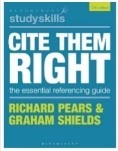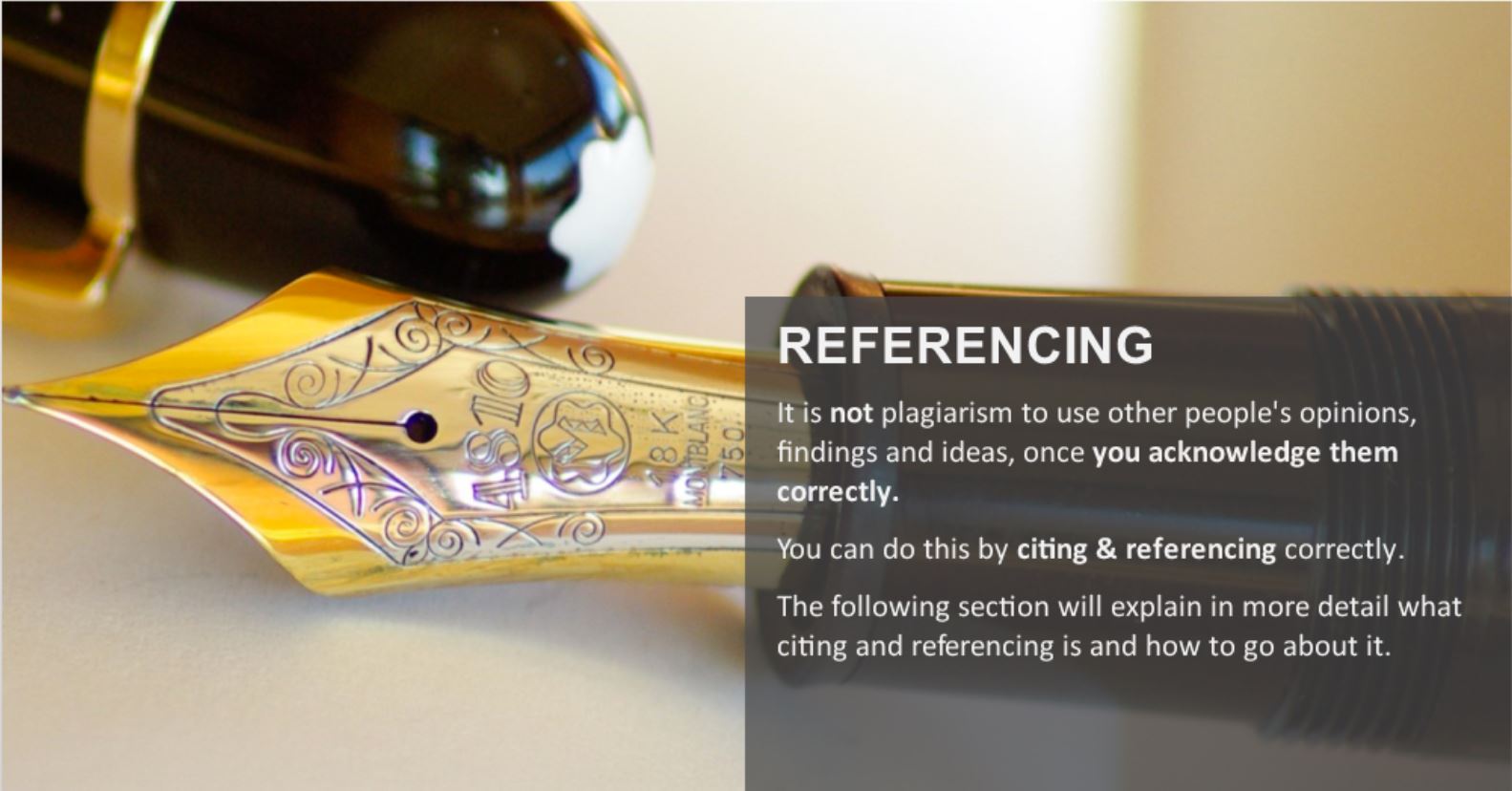Citing & Referencing
Citing and Referencing Styles
There are many different styles of citing and referencing. Some styles are discipline focused such as APA style for psychology or OSCOLA for law. Some styles, such as Harvard, are often used across disciplines.
Do not panic at the myriad of referencing styles! Do ensure however that you find out what style you are required to use for your assignment at hand and only concern yourself with that one. You can usually find this information in your module handbook or in the instructions for the particular assignment. If you are unsure, check directly with your lecturer.
Sometimes, especially if you are undertaking a course of study that is interdisciplinary in nature, you might occasionally find that different lecturers will want you to use different referencing styles.
Cite Them Right – a valuable resource to help you cite and reference
Pears, R. and Shields, G. (2022) Cite them right: the essential referencing guide. 12th ed. London: Bloomsbury Publishing.
“Cite Them Right” provides clear and comprehensive coverage of all things citing and referencing related. The earlier chapters offer an excellent introduction to the topic. These chapters highlight the importance and principals of citing and referencing, provide techniques for note taking and information management, and demonstrate how to paraphrase, summarise, and quote the work of other authors.
The remainder of the book offers guidance on, and examples of, some of the most common citing and referencing styles. This 12th edition provides detailed examples of how to cite and reference print and electronic sources, business, government, technical and legal publications, and works of art and images. The book is available from the Library in print and as an eBook.
Cite Them Right ebook via the Library Catalogue
Find Cite Them Right in Print in the Library
Interactive Tutorial and Digital Badge
Finally, completing this interactive tutorial by the Ireland-based All Aboard project (click on the image or the link below) will cement your understanding of why, when, and how to cite and reference. The examples are based on an author-date style, but the basic principles apply to all styles. As well as gaining competency in citing and referencing, a bonus is that doing well in the quiz at the end will earn you a digital badge. The tutorial takes approximately 40 minutes.
All Aboard Citing and Referencing Module
A Note on the Following Sections
The remaining sections of this chapter will take a look at individual styles of citing and referencing a little more closely and will point you in the direction of resources that will help with each particular style. Again, do not panic at the myriad of referencing styles; find out what style you are required to use for your assignment at hand and only concern yourself with that one.




